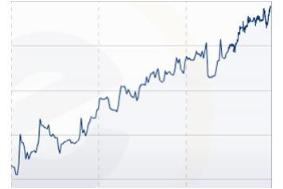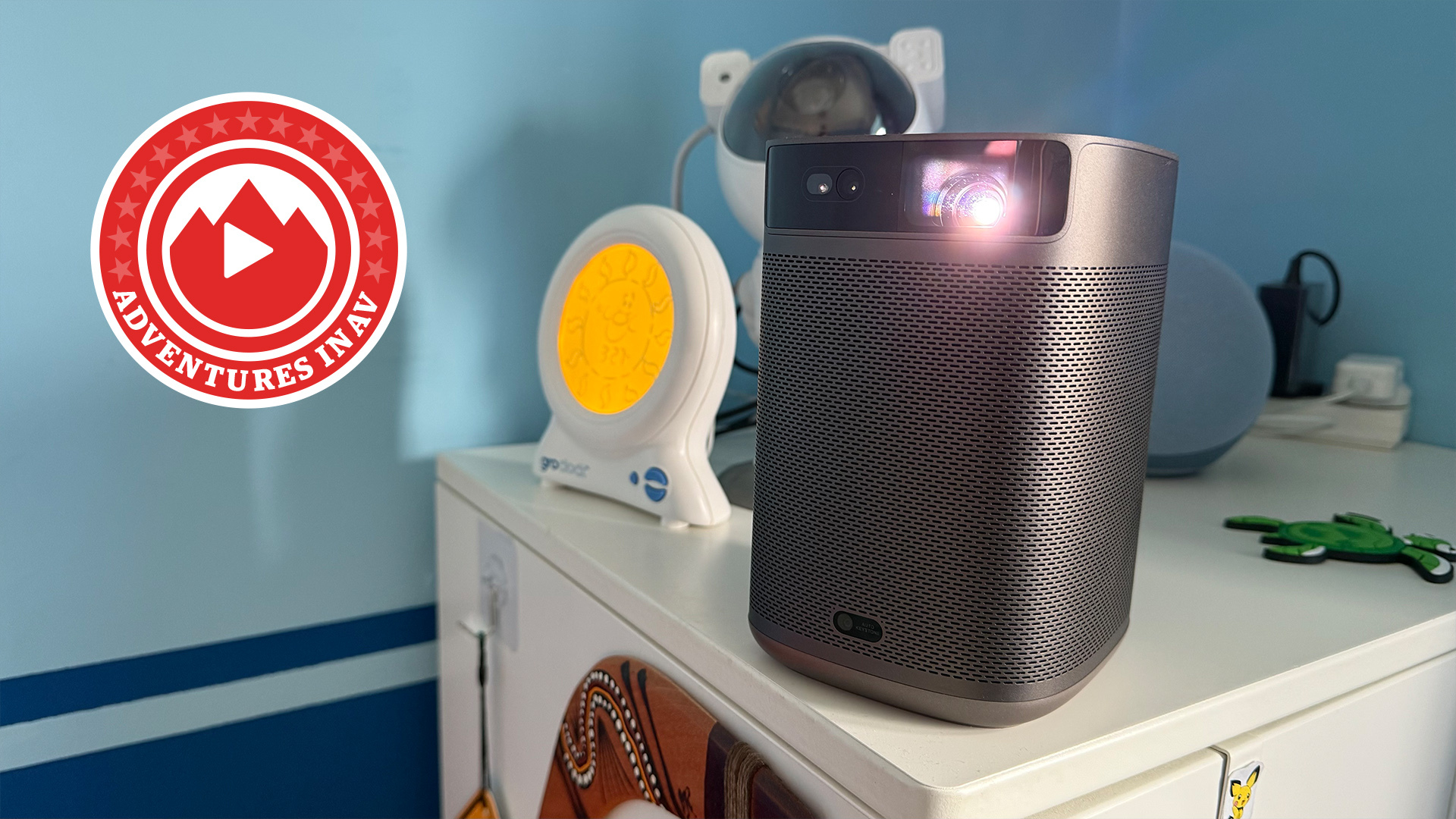JAPAN/KOREA: Big consumer electronics companies performing well, but exchange rates a major worry
Strong results for the July-September period, although the rising value of the Yen will affect whole-year figures


That, and streamlining of materials costs and other expenses, allowed the company to increase its operating profit for the three months to Y85.2bn (£660m), up 73% on the same period last year.
The six-month figures, covering the first half of the current financial year, show a 31% increase on last year, at Y4,367.9bn, or almost £35bn, and again overseas sales showed the greatest increase, almost equalling domestic consumption.
And profitability was even more impressive: operating profit was almost six times that for the same period last year, at Y169bn (£1.31bn).
And what Panasonic calls its Digital AVC Networks division proved a major part of this improvement: despite sallying sales of mobile phones and digital cameras, products such as flatscreen TVs and Blu-ray recorders sold well, boosting operating profit for this division by 381% to Y61.3bn (£475m).
Over at Sony, second-quarter sales were up 4% overall year on year, at Y1.73tn (£13.4bn), and net profit rose to Y31.1bn (£241m), compared to a Y26.3bn (£240m) loss in the same period last year.
And again surging sales of LCDs played a major part: the division handling TVs, digital cameras and similar devices saw its profits rise 160%, to Y16.9bn (£131m).
Sharp, meanwhile, has returned to profitability, making a net profit of Y14.3bn (£110m) for the six months to September, against a loss of Y17.72bn (£137m) for the same period last year.
The company, which doesn't report quarterly results, had benefited from strong sales of LCD TVs – especially on its home market, where it's the leading brand – and demand from other manufacturers for its LCD display panels.
However, the company has halved its full year forecasts based on 'the sharp decline in demand for large-size LCDs' and the strength of the Yen. It's now basing its rates on an assumption of Y82/$1, rather than the Y88/$1 it was expecting when it made its forecasts in July.
The South Korean rivals, LG and Samsung, have also been reporting their figures. Samsung says its group operating profit for the July-September quarter rose 15% year on year to 4.86tn won, or around £2.7bn, although this was down 3% on the record-breaking previous quarter.
However, sales for the quarter broke another Samsung record: at 40.23tn won, or around £22.3bn, they were up 6% on the previous quarter and 12% year on year.
The company says successes in its semiconductor operations and huge sales of mobile phones offset a reduction in earnings by divisions including LCD panels and TVs, which were affected by falling prices.
AT LG, meanwhile, LCD TVs are performing strongly, while mobile phone profits have been falling. The company shipped more flatscreen TVs in the July-September period than in any previous quarter: 6.6m, up 37% on the same period last year, helped by rising demand in emerging markets.
This contributed to total sales for its home entertainment division of 5.4tn won, or around £3bn.
And just to put those smartphone sales falls into some kind of perspective, although the mobile phone division's sales were down 32% year on year, it still managed to ship 28.4m handsets in three months.
Overall, LG's three month revenues were 13.4tn won (£7.45bn), but net profit only 8bn won (£4.5m).
Follow whathifi.com on Twitter
Join whathifi.com on Facebook
Get the What Hi-Fi? Newsletter
The latest hi-fi, home cinema and tech news, reviews, buying advice and deals, direct to your inbox.
